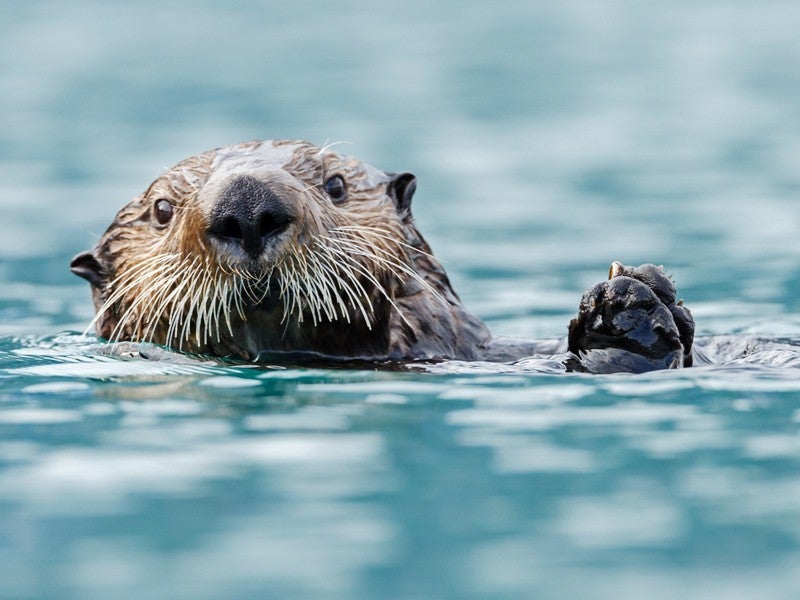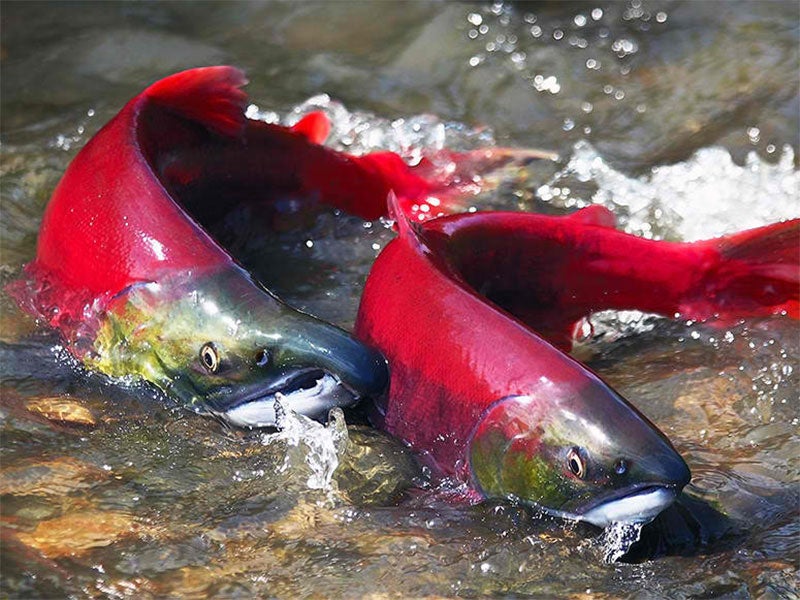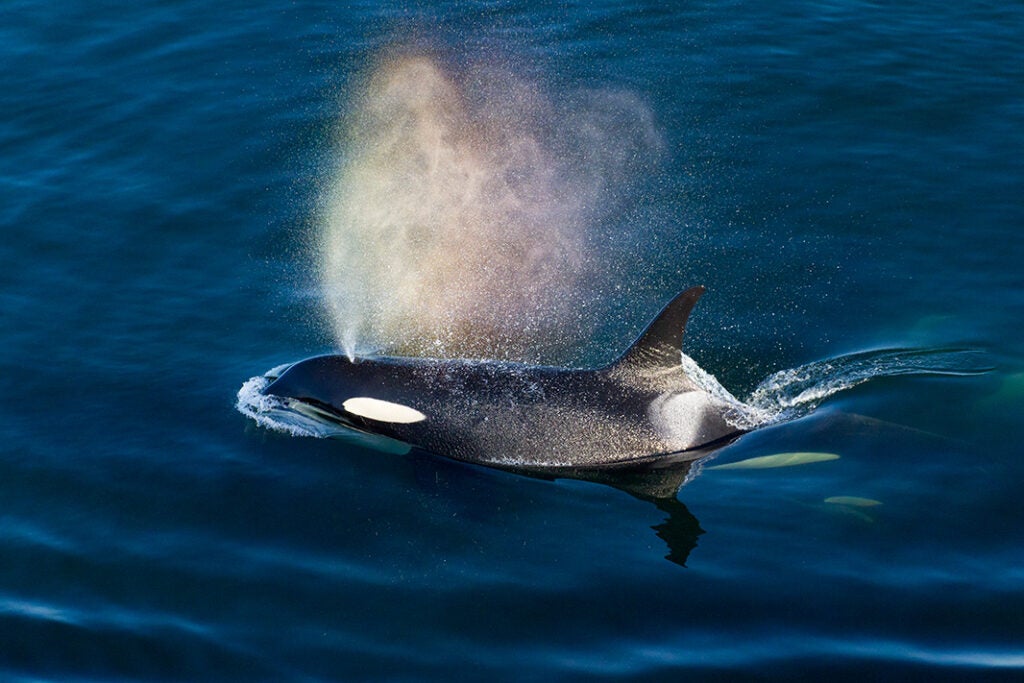3 Marine Species Earthjustice Is Fighting For
As the Endangered Species Act celebrates its 50th anniversary, here's how we're using this powerful legal tool to protect ocean creatures.

This page was published 2 years ago. Find the latest on Earthjustice’s work.
A crisis is unfolding in the world’s oceans and streams.
Scientists warn that nearly 40% of all species could be facing extinction by 2100. The good news is, we have a powerful legal tool to fight this biodiversity crisis.
For 50 years, the Endangered Species Act has saved species from the brink of collapse. Ninety-nine percent of plants and animals that have received protection under the law have been spared from extinction.
Earthjustice uses the ESA to go to court and defend species from overharvesting, oil spills, climate change, and many other threats. We also advocate for extending the law’s protections to imperiled species that need them. Here are three animals we’re fighting for:
Sea Otters
Once found in abundance, California sea otters were thought to have been hunted to extinction for their insulated pelts. Yet a small colony was discovered in 1938 near Big Sur, and since then their population has slowly recovered.
Sea otters are a keystone species — the lynchpin of ecosystems. They feed on shellfish, particularly sea urchins, which could otherwise devour kelp forests along the Central California coast. Kelp and sea grass sequester carbon, making sea otters essential to ocean resilience against climate change.
Under protection from the ESA, the otters’ population has increased to over 2,000, but their rebound has been unsteady. Earthjustice represented conservation groups who successfully defended the U.S. Fish and Wildlife Service’s decision to end a “No Otter Zone” placed in the species’ historical range. That experimental program had proven harmful to otters and more recent science confirmed otters need to be able to reinhabit their historic range in order to recover. The case went all the way to the Supreme Court, which left the otters’ legal win intact.
Salmon
By any measure, salmon are extraordinary creatures. They are a barometer of the general health of both the ocean and inland waters. Yet salmon are at great risk from climate change, habitat loss, pollution and barriers to migration like dams, poorly designed culverts or water diversions.

Sockeye salmon make their way back up a river in the Pacific Northwest to spawn. (U.S. Fish & Wildlife Service Photo)
Among the once-abundant salmon runs in Washington, Oregon, Idaho, and California, many regional subpopulations have gone extinct. But many of the remaining salmon are now protected under the federal Endangered Species Act, mostly as a result of litigation by Earthjustice and others.
Scientists have been clear: The remedy for plummeting salmon populations in the Northwest must include the removal of four dams on the Snake River that keep the fish from reaching their spawning grounds. For more than two decades, conservation and fishing groups represented by Earthjustice have been litigating alongside Tribes to bring about the breaching of the dams. This litigation is now on hold while stakeholders negotiate a plan to protect the salmon.
Orcas
Orcas are known for their intelligence, agility and playfulness. Nowhere is this more obvious than in the Pacific Northwest, where the “southern resident” orca pods attract tourists and scientists from around the world.

Known to frequent the waters of Puget Sound, southern resident killer whales are among the many kinds of imperiled wildlife protected by the Endangered Species Act. (Miles Ritter / CC BY-SA 2.0)
But southern resident orcas are starving due to the decline of salmon, their primary food. They also face harm from toxic pollution and habitat degradation from shipping, sonar and other human activities.
Earthjustice’s legal work secured Endangered Species Act protections for these orcas in 2005, and we have used the power of the law to tackle the threats impeding their recovery. We have been fighting for decades to restore the wild salmon populations they depend on for survival and are now reaching a turning point in this work (see above). We have also made gains in reducing toxic contamination of the whales’ food supply.
These animals are just a few of the species Earthjustice is protecting through the power of the law. Learn more about the wildlife we’re fighting for.
Earthjustice uses the power of the law to defend biodiversity — and we represent our clients free of charge. Supporters like you are essential to our work.